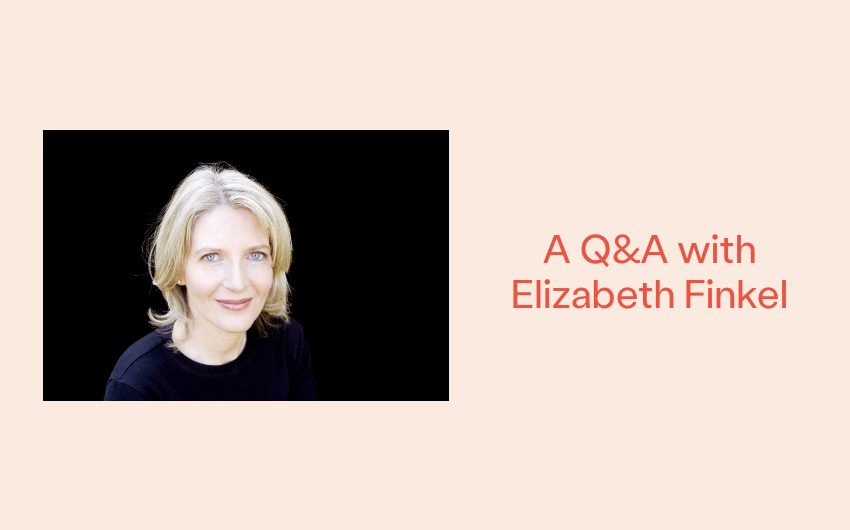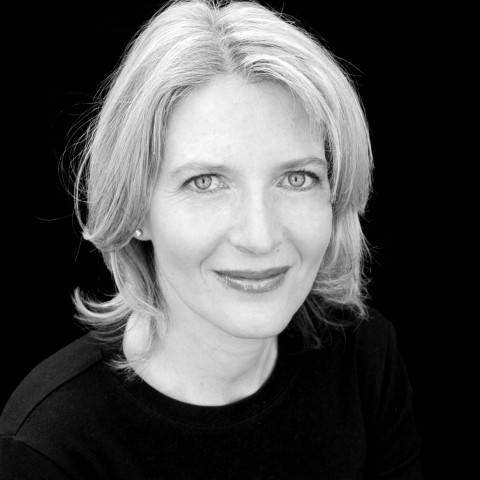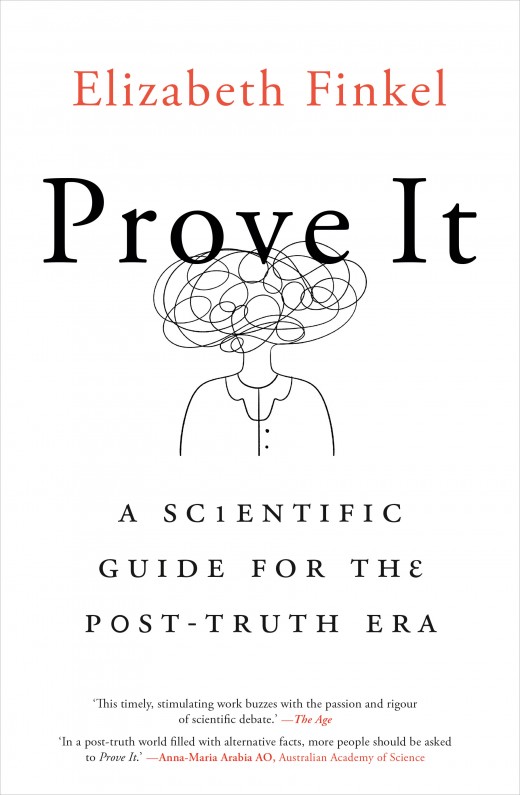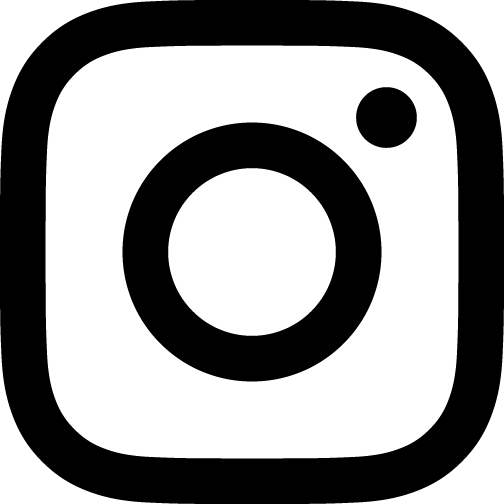News

News >
A Q&A with Elizabeth Finkel
Elizabeth Finkel, award-winning science writer and author of Prove It: A Scientific Guide to the Post-Truth Era, discusses the origins of her new book, the ‘post-truth era’ and how we arrived here, her scientific background and favourite scientists.
Your forthcoming book, Prove It, is the first to be published by Black Inc., and the first book of general nonfiction you’ve written in a while. Could you tell us about the origins of Prove It, what it’s about, and why now was the time to write it?
My initial pitch to Chris Feik was to tell the story of how in 1922, an international team of astronomers travelled to Wallal, a remote spot on the West Coast of Australia, to test Einstein’s theory of General Relativity by observing an eclipse. Chris and I ultimately agreed there wasn’t enough in it for an entire book. But at one point of the discussion, Chris got this light in his eye and said, ‘This is about proof’. That stuck with me. Months later I pitched the idea for a book on scientific proof that explored how theories were tested across the sciences. Two things drove me to write it. One was to indulge my wanderlust and travel across the breadth and history of scientific discovery. My own experience was in the biological sciences and I was eager to explore what proof looked like in other fields. The other driver was my alarm over the post-truth era. I thought that writing a book about the way science works would be my contribution to fighting the dark ages. I could have picked a hundred different theories to explore. But a key criterion was whether I could tell a good story. My hope is that by telling these stories, I leave the reader with a sense of how science creates knowledge, and a thirst for that kind of knowledge as they navigate the post-truth era.
Could you tell us what the ‘post-truth era’ actually is, and what this means for our world, both now and in the future? How did we arrive here?
Let me give just a few examples of the ‘post-truth era’.
- ‘Facts no longer matter’, proclaimed MAHA (‘Make America Healthy Again’) influencer Erika Nolan in an interview for ABC’s Foreign Correspondent.
- In January, the Trump administration issued an executive order against fact-checking.
- In March, RFK Jr, the Health and Human Services Secretary, appointed a vaccine skeptic to research the link between vaccines and autism, when exhaustive rigorous studies have shown there is no link.
- In May, the Trump administration issued an executive order to stop funding public broadcasting.
- Later in May, Trump issued another executive order for ‘gold standard’ science, with the decree that the arbiter of this gold standard be Trump’s science advisor, Michael Kratsios, who has no scientific credentials.
- In July, the Environment Protection Authority announced it would roll back its legal obligation, originally enacted to regulate greenhouse gas emissions because of the public danger (fires, floods, heatwaves . . .) posed by climate change. The Department of Energy followed with a report from five contrarian scientists, claiming that reports of man-made climate change are overblown, contradicting the IPCC, whose reports, compiled by hundreds of scientists, are considered ‘gold standard science’.
So how did we get here?
‘Knowledge is power,’ declared Francis Bacon, back in the 16th century. In a page straight out of the authoritarian playbook, the Trump administration is hijacking knowledge through its attacks on science and the media.
But the attack on knowledge predates Trump. Two key institutions that we rely on to generate knowledge are the media and universities. Both have backed away from their traditional values.
Some journalists still harken to the ideal of reporting ‘without fear or favour’. But many see their role as advocating for a particular cause. Within the legacy media, the principle of clearly demarcated reporting and opinion seems to have gone by the way.
Why has this happened? I can point to the usual suspects.
(1) Social media rewards outrage, so the algorithms are designed to give oxygen to outrageous posts. The legacy media, gasping for survival, is emulating social media.
(2) Universities are supposed to uphold the values of the Enlightenment, to be arenas for the contest of ideas. But instead of upholding the ideals of Voltaire – ‘I disapprove of what you say, but I will defend to the death your right to say it’ – they have become bastions of ideological correctness and cancel culture.
Your background is in biochemistry. What drew you into that field, and have your scientific interests changed very much since then?
As a youngster, I was torn between astronomy, thanks to all the books my father bought me, and the world inside the cell, thanks to cytologist Dora Muchnicki, my father’s friend, who told me about chromosomes as we strolled in the Botanical gardens. I think it was my cousin who told me I wasn’t good enough at maths to be an astronomer. So I opted for the world inside the cell. Eventually it took me to an extraordinary area of research at the University of California in San Francisco – answering Aristotle’s question of how a mushy egg develops into a chicken. I think if I were starting out now, I would do gravitational wave physics. It provides a totally new way to probe the universe.
Each chapter of your book tells the story of a different scientific dispute or discovery. You cover human evolution, the origins of Covid, the science of consciousness, black holes . . . Which of these stories was the hardest to tell, and did any take you into territory you weren’t expecting?
They all took me to unexpected places. For starters, I expected the chapter on gravitational waves to read like a heroic march from 1915, when Einstein’s theory of GR predicted their existence, to when they were discovered 100 years later. Instead, it turns out Einstein tried hard to disprove their existence (he didn’t believe in black holes either which were also a prediction of his theory). His final word was that even if gravitational waves existed, we’d never be able to detect them!
The fact that we did, we owe to some extreme scientists. Personality types, like John Wheeler. His motto: ‘Find the strangest thing and then explore it.’ It was Wheeler who inspired the search for gravitational waves.
Another surprise was the nexus between gravitational wave research and atom bomb development. The link is black holes. Einstein’s theory predicted they existed, even if Einstein himself did not. On 1 September 1939, Robert Oppenheimer (of Barbenheimer fame) published calculations to show a black hole would form if an exploded star had a mass greater than six suns (now it’s believed that figure is greater than 2). It required combining the jewels of twentieth-century physics: that of the very large with that of the very small. In other words, the strength of the gravitational crush versus the subatomic forces resisting that crush. 1 September 1939 was also when WW2 began. Oppenheimer was recruited to lead the Manhattan Project to build an atom bomb. Why him? Because an atom bomb required calculating the forces at work inside an atom – just the sort of forces required to calculate whether a black hole could form.
John Wheeler spent the Cold War years developing a hydrogen bomb – equal to 1300 Hiroshimas. When he finally returned to academic research in 1956, he took over where Oppenheimer had left off. Not only did his calculations confirm that black holes existed; he proposed that their titanic collisions would make it possible to detect gravitational waves on Earth.
And then there are the extreme scientists who spent their careers building detectors for gravitational waves long before there was any actual evidence that black holes existed. The instrument they built – LIGO – was able to measure the stretching of space time, to the degree of one ten-thousandth the diameter of a proton! It was an awe-inspiring feat that yet again proved Einstein’s 100-year-old theory. We covered the story when I was editor of Cosmos magazine. It was the most inspiring story I have ever reported as a science journalist. In 2017, LIGO won the Nobel Prize. At this moment the Trump administration is trying to dismantle LIGO.
As far as unexpected territory, the chapter on the science of medicine was not part of the initial line-up. During Covid-19, a friend decided to forego vaccination and take ivermectin. He sent me papers on the efficacy of ivermectin in support of his decision, and pointed to the findings of Sydney gastroenterologist Thomas Borody, who had treated some twenty Covid-19 patients with the drug, only one of whom died. It took me quite a few weeks to explain to my friend why the papers, and Borody’s experience, did not provide evidence for the ivermectin’s efficacy. Bottom line: some of these papers raised red flags about the quality and veracity of the research. And Borody’s ‘report’ was based on a tiny sample with no controls. One of the most rigorous analyses – a Cochrane review – concluded there was no evidence that ivermectin was beneficial. Yet a group of medical professionals around the world aggressively championed its use, often in opposition to vaccines, for which the evidence on benefit and risk was clear cut.
This led me to discover that ‘evidence-based medicine’ is an astonishingly recent development (beginning in the 1970s) and that there is an ongoing culture war between the ‘art’ and the ‘science’ of medicine.
You interviewed many top scientists while researching the book, and your conversations with them add a lot of insight and colour. If you could chat with one scientist from generations past, who would it be? What would you ask or discuss with them?
I confess to falling in love with long-dead people. Darwin is one of them. His intelligence, humanity, humor and humility, leap from the pages of his writing. I’d stroll with him in his garden at Down House in Kent, and he’d regale me with the case studies that led him to his theory of evolution. I would tell him all about the DNA that explains his findings, and of course my chapter on human origins. I feel he’d be a keen listener and spark some marvelous ideas.
What do you do — or wish you could do — outside the world of science and writing about science?
I’m a wannabe pianist who settled for her vocal instrument. I sing and perform for fundraisers and sympatico audiences at retirement homes. I especially love the songs composed by Faure, Dvorak and Schubert.
Is there one book you think everyone should read?
The Periodic Table by Primo Levi. I’ve also fallen in love with Primo. When I first read his book as an 18-year-old, it brought chemistry to life. Later, he provided me with a model for how to write about science. Allow me to share Philip Roth’s words:
With the moral stamina and intellectual pose of a twentieth-century Titan, this slightly built, dutiful, unassuming chemist set out systematically to remember the German hell on earth, steadfastly to think it through, and then to render it comprehensible in lucid, unpretentious prose . . . What has survived in Levi’s writing isn’t just his memory of the unbearable, but also, in The Periodic Table and The Monkey’s Wrench, his delight in what made the world exquisite to him. He was himself a magically endearing man, the most delicately forceful enchanter I’ve ever known.
Share this post
About the author
Elizabeth Finkel holds a PhD in biochemistry and spent ten years as a research scientist before becoming an award-winning journalist and author of The Genome Generation, among other books. She is a founding editor of Cosmos magazine and a regular contributor to the US magazine Science, Radio National's Science Show and The Monthly. Her awards include a Queensland Premier's Literary Award for Stem Cells: Controversy at the Frontiers of Science, …
More about Elizabeth Finkel




